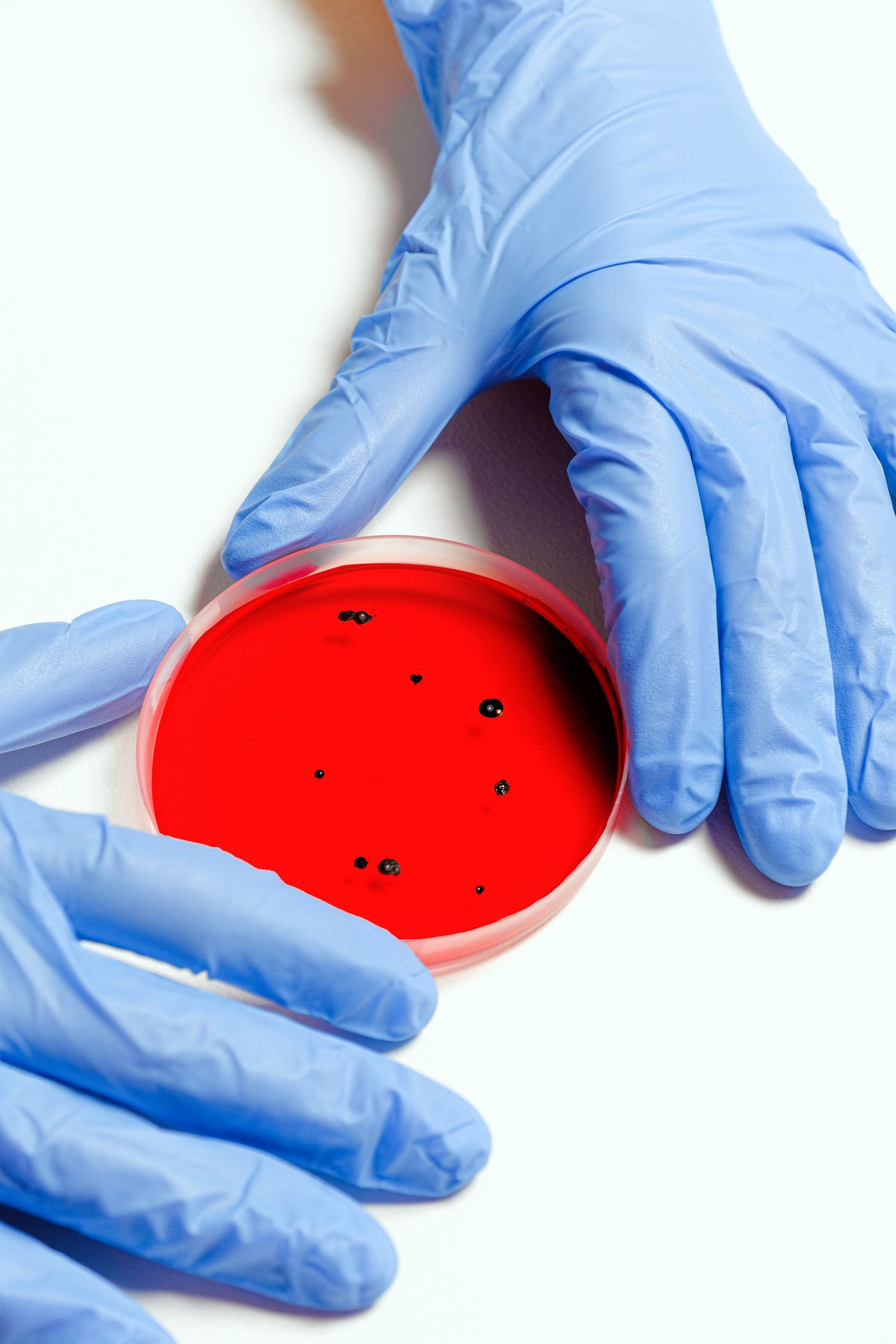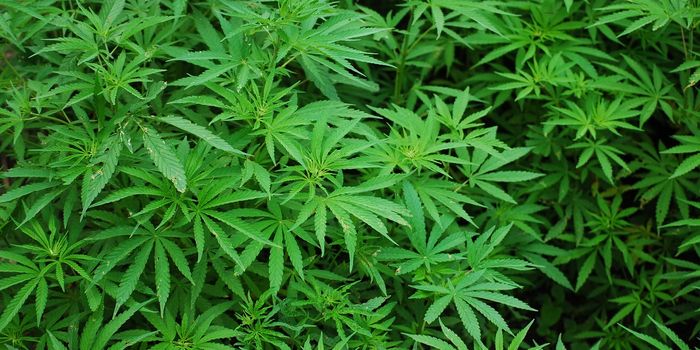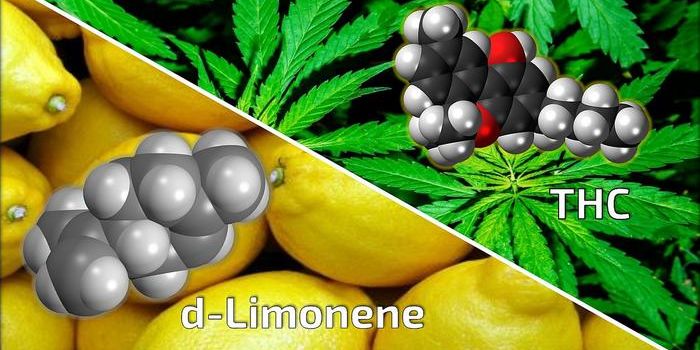Could Cannabis-Based Compounds Be the Next New Class of Antibiotics?
According to the Centers for Disease Prevention and Control (CDC), antibiotic-resistant bacterial or fungal strains infect a minimum of 2.8 million individuals each year in the U.S. – with an associated death toll of 35,000 people per year.
In at least 1.7 million adults per year in the U.S, untreated bacterial infections induce sepsis: a severe cascade of molecular processes the immune system elicits in response to infection. Sepsis leads to tissue damage, organ failure, and death without antibiotic treatment.
Multidrug-resistant bacterial strains are an especially critical area of concern, with bacteria such as multidrug-resistant Staphylococcus aureus (MRSA), Neisseria gonorrhoeae, and Acinetobacter baumanii serving as particularly fatal threats within healthcare settings. Just within the past two weeks, a newsroom fact sheet outlining the urgency to address antimicrobial resistance in N. gonorrhoeae as a “major public health concern” was released by the World Health Organization (WHO).
Since the 1940s, the continued rise of broad-spectrum antibiotics has contributed to the emergence of bacterial antibiotic resistance. Now recognized by the medical and research communities, this information has driven a shift towards discovering and investigating narrow-spectrum classes of antibiotics. Rather than killing all of the bacteria undergoing the relatively general biochemical processes that are targeted by broad-spectrum antibiotics (which kill both bad and good bacteria), narrow-spectrum antibiotics are targeted to kill specific pathogenic bacterial strains while also reducing the collateral damage caused to the non-pathogenic host bacterial strains.
This information ultimately emphasizes an undeniable truth: antibiotic resistance is a global health concern warranting exigent solutions.
Identification of a new therapeutic antimicrobial agent is imperative in the global fight against antibiotic resistance. However, increasing antibiotic resistance has had an adverse economic effect on antibiotic research, causing a subsequent decline in the development of novel classes of antibiotics.
So, where do we go from here?
A recent study published in Communications Biology suggests that cannabis-based compounds could be the next novel class of antibiotics, with the ever-popular cannabidiol (CBD) and its analogs leading the way as solutions of the future to antimicrobial resistance.
In this study, researchers from Australia, New Zealand, and the U.S. teamed up to conduct a comprehensive investigation on the antimicrobial activity of CBD. The team employed both in vitro and in vivo techniques in their experiments. Minimum inhibitory concentration (MIC) assays were used to measure antimicrobial activity in vitro, along with time-kill and minimum biofilm eradication concentration (MBEC) assays to assess CBD’s bactericidal activity and biofilm activity, respectively. They also performed a variety of other established assessments, including use of a bioluminescent in vivo mouse skin infection model to assess CBD’s topical in vivo efficacy in reducing pathogenic colonization of S. aureus.
Synthetically generated CBD was used throughout their experiments rather than purified CBD extract to prevent misrepresentation of results due to the batch-to-batch variability accompanied by different cannabis sources.
In these experiments, CBD demonstrated effective antimicrobial activity against biofilms, minimal proclivity to engender antimicrobial resistance, and topical antimicrobial efficacy in reducing in vivo wound colonization.
The study was the first to illustrate that CBD possesses a selective antimicrobial capacity for a specific subset of gram-negative bacteria, which includes the CDC’s recently publicized global threat – multidrug-resistant N. gonorrhoeae. They were also able to validate previous findings of CBD’s antimicrobial activity against several highly resistant Gram-positive bacterial strains, including S. aureus, Streptococcus pneumoniae, and Clostridium difficile.
A set of mode-of-action studies implicated the disruption and permeabilization of bacterial cytoplasmic membranes as CBD’s antimicrobial mechanism of action. Structure-activity relationship (SAR) experiments highlighted the viability of optimizing CBD chemical analogs as a novel antibiotic class.
The results of this study are encouraging: they present a prototype for the advancement of a novel class of narrow-spectrum antibiotics that have the potential to facilitate eradication of antibiotic resistance as we know it. Exploration of other cannabis-based compounds offers a promising route for identifying more novel antibiotic compounds.
Sources: Centers for Disease Prevention and Control (CDC); World Health Organization (WHO); RSC Medicinal Chemistry (formerly MedChemComm); Communications Biology; The Journal of Antimicrobial Chemotherapy
-
APR 30, 2024Immuno-Oncology Virtual Event Series 2024
-
MAY 07, 20243rd International Biosecurity Virtual Symposium
-
JUN 06, 2024The Future of Scientific Conferencing
- See More


















































